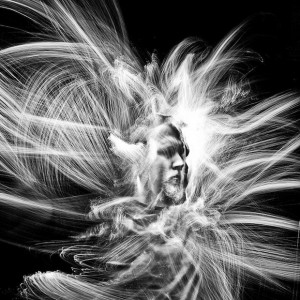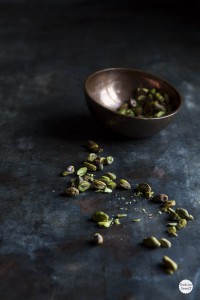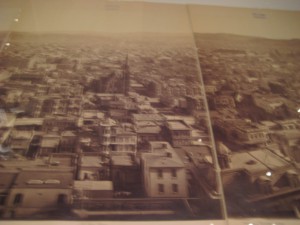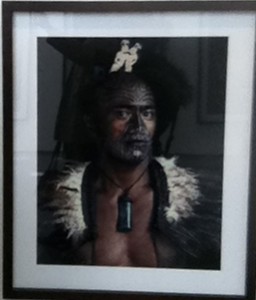The Chinese Photobook at Aperture
Prior to entering the exhibition at Aperture, I had a small clue as to what I was getting myself into. I was instantly amused and excited to find the specific works on display that tackled issues like culture, lifestyle and history. The works at the Chinese Photobook unveiled new aspects about its dynamic culture, dramatic twists in politics and it’s rich diverse heritage that allow it to be better understood and better represented in a foreign light. The photographs depicting the history of China during numerous years were very different.
In my opinion, the section that shined a pivotal moment within Chinese history at this exhibition was the photographs taken of Chinese Leader Mao Zedong. At a first glance, you can visualize the decisions the photographer took in great thought about he whereabouts and how he was representing those whereabouts to those not familiar. The thought-process in how he chose the angles used in the photographs reflect the attitude of the country’s people. Certain aspects are put into place to reflect Mao’s impression on his people as an almighty, culture-defining leader, and one who was looked up to an idol and was highly respected. From a low angle it gives us the impression as if we were looking up to him.
The scenery complimented the lighting choices, which happened to be always fully lit and mainly focused on his face, even though most shots that were taken outdoors. The background past him were usually not in focus and not as bright as Mao was which made him look much more radiant in comparison. The people featured in Mao’s photos were applauding the man, praising him. The photographs captured Mao at several points of his life, political events and non-political tasks or activities.
The way the photos of him were arranged and framed reflected how the exhibition wanted us the audience to experience Mao. It reveals the different stages from his life as if his life was to begin from the start of his term all the way to the end, producing a visual and interactive record of his reign. I was able enjoy these portraits of him, mainly due because due to elements of photography that were used back then and how those elements continued to be used today for special and particular projects.
Jimmy Nelson
The exhibit featuring Jimmy Nelson’s photos at the Bryce Wolfowitz gallery were show-stopping. The presentation nailed the atmospheric feeling from its photos. Nelson’s interests in diverse cultures were explicitly depicted through the emotions of the models, and locals of where they were shot.
The fact that Nelson’s photographs were composed of very vibrant, saturated colors and high contrast, says a lot when reviewed in a broader sense in the gallery. His choices challenge the idea of social equilibrium within this culture since each of the models expressions was very firm. The facial expressions of the models draw you into each photo and help you as the audience want to question their culture and environment. Nelson made key, tough decisions that proved to be successful in showing a lot about the culture. The best photo in my opinion included the men afloat on what looks like to be different rafts. For one moment it feels as if the world halted and the water was a standstill while Nelson captures this shot. The decision on what to focus on was questionable at first for me, but after reviewing the photo for a longer period I began to take on small cues as to why the photo was shot in it’s format.
The levels of detail within the photos featured are astounding and give the audience an “I could have been there myself” type of feelings. Nelson tries to introduce a new level of significance by propelling them to the focal subject of his project using different ranges of composition. Lighting choices for the human subjects are critical to delivering his message by defining the culture for the world to witness, instead of the culture being just mentioned and later to be forgotten. The photo-series feels much more like representation then a description.
The Public Eye
The last exhibit of the Public Eye was based on the influence of sharing and how fast-paced our world around photography has become. It explained the different methods photographers went through to be able to share their work, whether it is by crowd sourcing, photojournalism, social networks and or others. This exhibition only reassured photography’s importance in modern day America alongside the strides made with the tool around the world.
Looking back at photography, it has definitely come a long way and the differences between how photos were shared centuries ago to now be astounding. Photography is a much more open subject now then even as far back as 10 years, simply due to people being more accessible to them.
One particular photographer that I noticed was Ethan Levitas, who shot “Frame 21. His subject is being shot from what looks like a bird eye’s view, but in actuality it’s in front of a NYC security camera. Using what looks to be the camera’s peripheral vision, the photographer is able to capture unsuspecting subjects or split-second reactions from people with a good eye.
Final Project
As for my final project, I want to capture emotion and vibrancy. I want my photography to be vivid and lively. I’m not too sure what I will be focusing on regarding composition but I will work on making sure the lighting is in sync or consistent within the photos. I’m looking to refine my abilities as a photographer and mash up my skills to build up a well-thought photo series that could potentially work for a advertisement of some sort.
Career goals upon graduation
My career goals include furthering my education to it’s maximum potential, working on particular projects to further my portfolio, work with younger and older creative people to get both sides of a prospering industry, follow-up with a internship or work as a free-lancer.








